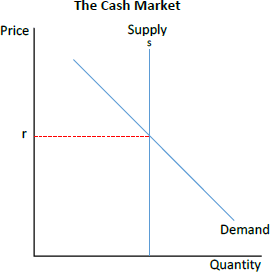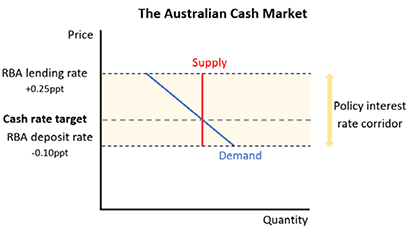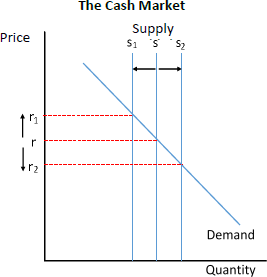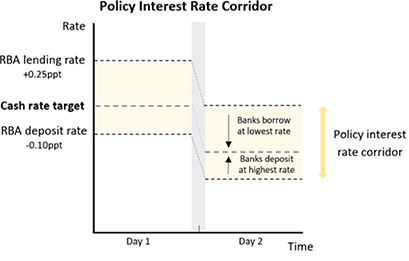Bridging the Textbook Gaps on How the RBA Implements a Change to the Cash Rate At a Glance: The Reality of Monetary Policy Implementation
| What the textbook says | What actually happens |
|---|---|
| Understanding the implementation of monetary policy | |
|
Typical Textbook Analysis – demand/supply curve – Changes in the cash rate are associated with changes in the quantity of cash in the financial system. – Central bank increases or decreases the supply of cash.
|
Actual Implementation Process – Policy interest rate corridor is key. – RBA offers standing facilities which pay/charge banks the cash rate +0.25/-0.10 percentage points.
– Corridor:
|
| Cash rate change | |
|
Typical Textbook Analysis
|
Actual Implementation Process
|
|
|
|
|
| RBA OMOs | |
| OMOs are used to change the cash rate, including after a policy rate change. |
Prior to the COVID-19 recession, OMOs were used to supply cash and keep the cash rate at target – OMOs were conducted daily through an auction. – Three types of transactions: outright purchases; repos and reverse repos; foreign exchange swaps. – Reverse repos are the most common tool. – On most days, the RBA injects cash into the market by buying bonds under reverse repo. – The total amount of system liquidity is only changed by payments going to and from the government (such as tax and social welfare payments). – The RBA gauges how these transactions will change the supply of ES funds in the banking system each day and uses OMOs to smooth the liquidity effects. Since the onset of the recession, OMOs have been used to complement the RBA’s other monetary policy tools. – The increase in ES funds due to the introduction of unconventional monetary policy tools has resulted in the cash rate trading below the target cash rate. |



